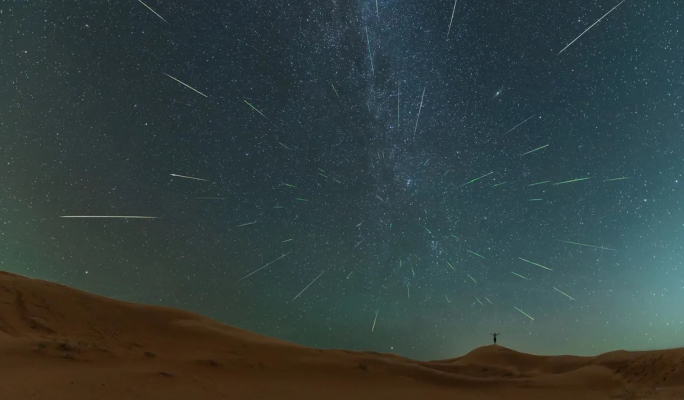The annual Perseids meteor shower will be reaching its peak in the early hours of Tuesday 12 and Wednesday 13 August, offering a dazzling show of shooting stars.
The Perseids, active from mid-July to late August, are caused by tiny particles left behind by the comet Swift-Tuttle, which orbits the Sun every 133 years.
As Earth passes through this trail of debris, these particles burn up in the atmosphere, creating bright streaks of light that seem to come from the constellation Perseus, hence the name “Perseids.”
This meteor shower is one of the most reliable of the year, with up to 100 meteors visible per hour at its peak. However, this year’s maximum falls just three days after a full moon, meaning the moonlight may wash out some of the fainter meteors.
These shooting stars zoom across the sky at around 59 kilometres per second, making for a spectacular natural display.
Viewers are advised to allow their eyes to adjust to the darkness for about 20 minutes before expecting to see the meteors. However, no special equipment is needed, just a clear view of the sky, warm clothes, and a comfortable place to lie back and watch.
The best time to watch the shower is from 11pm until dawn, especially from dark locations away from light pollution such as Fomm ir-Riħ or Dingli Cliffs.
